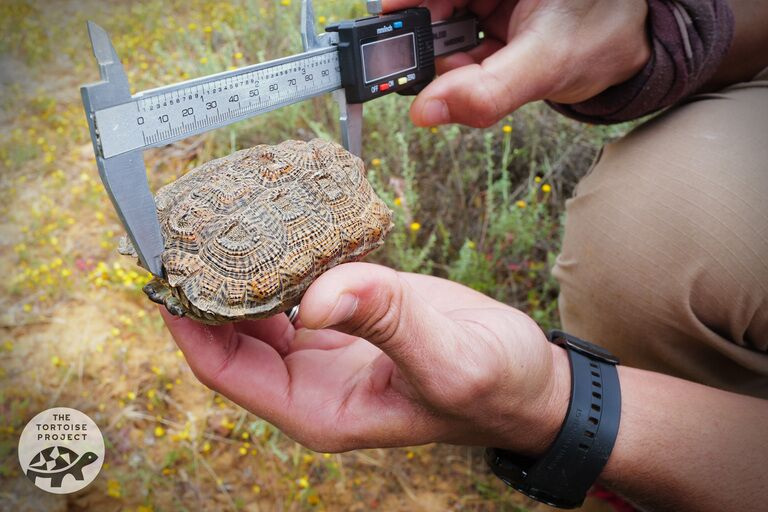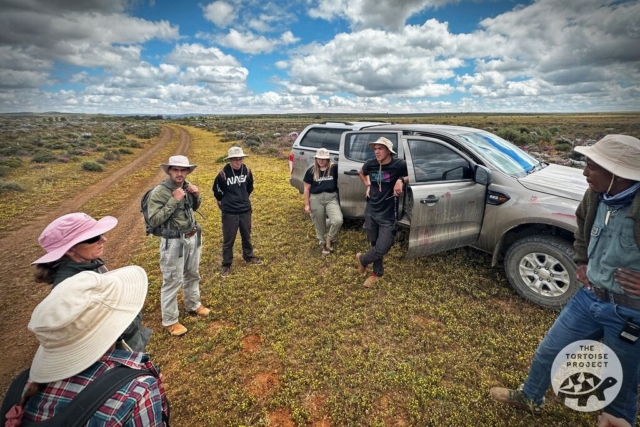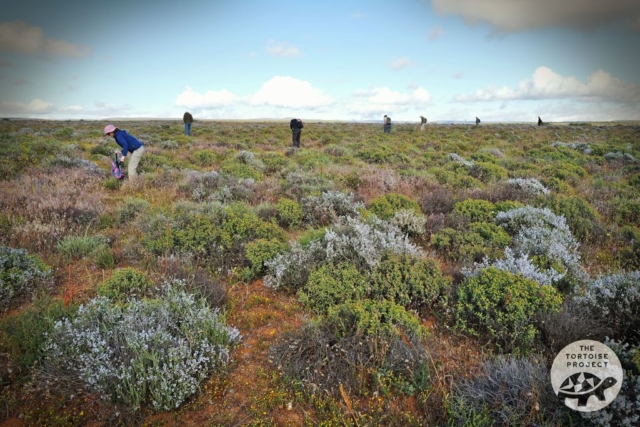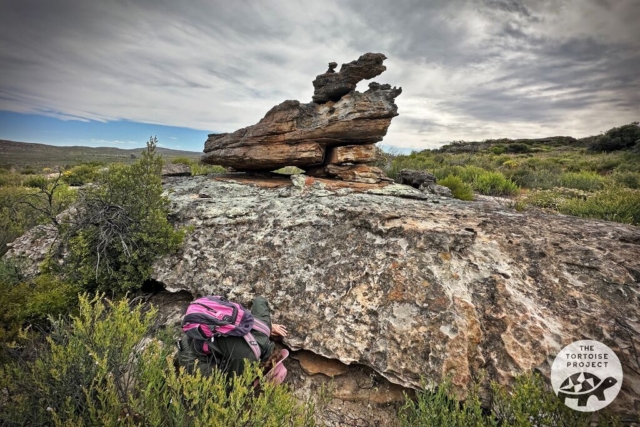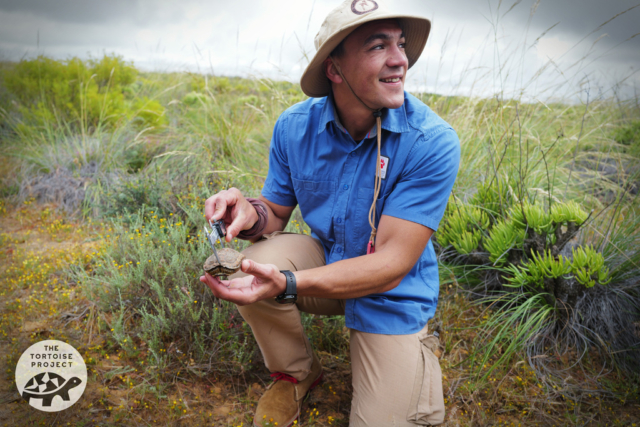Superbloom… With a Side of Tortoises
Springtime on the untouched veld outside Nieuwoudtville, in South Africa’s Northern Cape, yields wild outbursts of flower power so spectacular that it makes the other superblooms weep. This is farmland. Wheat. Livestock. Rooibos for tea. Enough of the old bush remains unfarmed to give a glimpse of what this place looked like six generations ago when the first Boer farmers pulled their wagons up Vanrhyns Pass and over the lip of South Africa’s Great Escarpment, and decided to stop. The landscape harbors a wealth of bulbs — more than 1,350 species, including 80 endemics — that don’t, and can’t, grow anywhere else. Over millions of years, these bulbs have adapted and flourished under unique patterns of rainfall, soil conditions, and geological history on this part of the Bokkeveld Plateau.
By the time I visited, in early October, most of the bulbs had peaked and were now dormant. But extra winter year rains this year had lengthened the flowering season of other herbaceous plants so that even six weeks out, and despite the quickening summer, patches of color variegated the renosterveld — radiant blotches of magenta and yellow shining between dry sticks overlaid on red earth.

As far as I was concerned, though, the floral display was extra. I’d come for the tortoises. Specifically, I wanted to see the speckled dwarf tortoise (Chersobius signatus) — the world’s tiniest tortoise — in the wild. A new colony had been found among the rocky koppies of a local farm. This discovery attracted the attention of the U.S.-based Turtle Conservancy, which had sent a representative earlier in the year to help document the population. The survey was continuing, and I joined six students from the University of Western Cape and UNISA who had come to get some field experience led by Bonnie Schumann from the Endangered Wildlife Trust and JP le Roux from South Africa’s Dept. of Agriculture, Land Reform, & Rural Development.
The little tortoises cooperated… somewhat.
Nine of us spent the better part of a week searching and found only three … well, four if you include the dead one. But what I experienced out at the edge of the Karoo, learning from Bonnie and JP and the students and our hosts at the farm stay, opened me up to some incredible new ideas. Wildlife conservation happens differently than in the United States. South Africa takes an ecosystem-first approach rather than being species-focused. You might say they’re looking at the forest vs. the individual trees. Most of the species-focused specialists seem to be from Europe or the U.S. I suspect this may have to do with how government agencies are set up, the nature (and limitations) of budgeting, and the educational system. I’ve still got more questioning and thinking to do on the subject.

